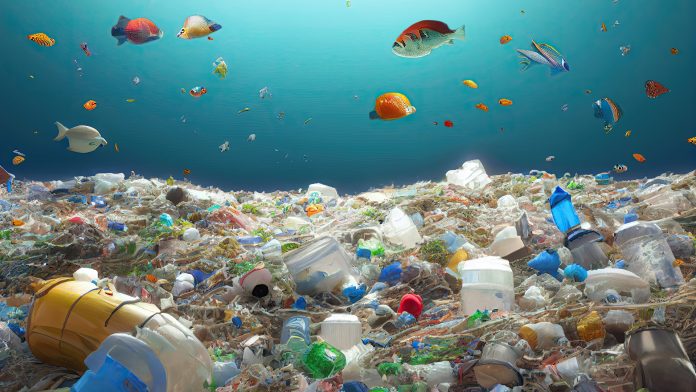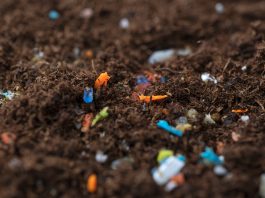New research from CSIRO alarmingly suggests that there are around 11 million tonnes of plastic pollution on the ocean floor.
The joint study between CSIRO, Australia’s national science agency, and the University of Toronto found that every minute, the equivalent of a garbage truck’s worth of plastic enters the ocean, with large amounts gathering on the ocean floor.
This is the first investigation to estimate how much plastic pollution is concentrated on the ocean floor, where it breaks down further and is infused with ocean sediment.
Dr Denise Hardesty, Senior Research Scientist with CSIRO, explained: “We know that millions of tonnes of plastic waste enter our oceans every year, but what we didn’t know is how much of this pollution ends up on our ocean floor.
“We discovered that the ocean floor has become a resting place, or reservoir, for most plastic pollution, with between 3 to 11 million tonnes of plastic estimated to be sinking to the ocean floor.
“While there has been a previous estimate of microplastics on the seafloor, this research looks at larger items, from nets and cups to plastic bags and everything in between.”
The research forms part of CSIRO’s Ending Plastic Waste Mission, which aims to transform practices for plastic production, use and recycling.
With plastic use expected to double by 2040, understanding how plastic pollution accumulates on the ocean floor will be key to protecting marine wildlife and ecosystems.
Modelling plastic pollution
Scientific data was employed to develop two predictive models aimed at estimating the quantity and distribution of plastic debris on the ocean floor.
These models were constructed based on data collected from remote-operated vehicles (ROVs) and bottom trawls.
According to the ROV-derived model, the ocean floor is estimated to harbour between 3 to 11 million metric tonnes of plastic pollution.

Alice Zhu, a PhD Candidate from the University of Toronto who led the study, believes the amount of plastic pollution on the ocean floor could be significantly more than the plastic floating on the ocean’s surface.
She said: “The estimate of plastic pollution on the ocean floor could be up to 100 times more than the amount of plastic floating on the ocean’s surface based on recent estimates.
“The ocean surface is a temporary resting place of plastic so it is expected that if we can stop plastic entering our oceans, the amount would be reduced.
“However, our research found that plastic will continue to end up in the deep ocean, which becomes a permanent resting place or sink for marine plastic pollution.”
Distribution patterns of ocean floor plastic
The results obtained from ROV data also unveil distinct distribution patterns of plastic mass.
Notably, a significant portion of plastic accumulates around continents, with approximately 46% of the projected plastic mass found above 200 metres depth.
The remaining 54% is dispersed across ocean depths ranging from 200 metres to as deep as 11,000 metres.
Despite covering a smaller surface area compared to oceans – 11% versus 56% of the Earth’s total area – inland and coastal seas are predicted to contain a comparable amount of plastic mass to the rest of the ocean floor.
Zhu added: “These findings help to fill a longstanding knowledge gap on the behaviour of plastic in the marine environment.
“Understanding the driving forces behind the transport and accumulation of plastic in the deep ocean will help to inform source reduction and environmental remediation efforts, thereby reducing the risks that plastic pollution may pose to marine life.”
The critical findings from the study may prove crucial for informing policy and action to create a more sustainable future where our oceans are free from the burden of plastic pollution.









